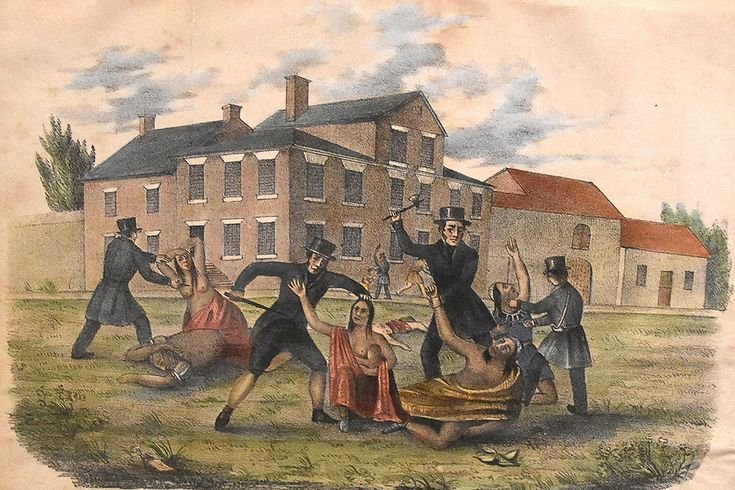The rise of the United States to global dominance is a tale of strategic evolution, relentless ambition, and geopolitical maneuvering. This metamorphosis into a superpower wasn’t instantaneous; rather, it was the culmination of critical historical events, economic policies, military prowess, and diplomatic efforts.
The Industrial Revolution: A Catalyst for Power

The seeds of America’s ascendancy were sown during the Industrial Revolution in the 19th century. Rapid industrialization transformed the nation’s economy, making it a manufacturing giant. By harnessing technological innovations like the steam engine, assembly line, and electricity, the U.S. became an industrial powerhouse, capable of producing goods at an unprecedented scale. This economic boom not only increased the nation’s wealth but also laid the foundation for its future global influence.
The Expansion of the American Frontier

America’s Manifest Destiny, the belief that the U.S. was destined to expand across the North American continent, played a pivotal role in its rise to power. The acquisition of vast territories through treaties, purchases, and military conquests, such as the Louisiana Purchase and the annexation of Texas, strengthened the nation’s resources. These new lands provided access to abundant natural resources, which fueled economic growth and secured the country’s position as a continental power.
Military Muscle and Global Conflicts

While industrialization and territorial expansion built the framework, the U.S.’s entry into global conflicts solidified its standing. The turning point came during World War I, when America emerged as a significant player on the world stage by aiding the Allies. Its involvement helped tip the balance of power, and by the end of the war, the U.S. was no longer viewed as an isolated nation but as a key global influencer.
World War II, however, was the defining moment in America’s ascension to superpower status. After the attack on Pearl Harbor, the U.S. fully mobilized its military and economic resources. Victory in the war, coupled with the development and use of the atomic bomb, established the United States as the world’s preeminent military force. The post-war era saw the U.S. take a leading role in the establishment of international institutions like the United Nations and NATO, further cementing its global influence.
Economic Dominance and the Birth of the Dollar Hegemony

Post-World War II, the U.S. emerged as an economic behemoth. The Marshall Plan, a strategic initiative to rebuild war-torn Europe, demonstrated America’s financial might and willingness to lead the global economic order. By becoming the world’s largest creditor and establishing the U.S. dollar as the global reserve currency, America gained unparalleled economic leverage.
The creation of institutions like the International Monetary Fund (IMF) and the World Bank reinforced this economic supremacy. These organizations, largely shaped by American interests, helped set the rules for the post-war global economy, ensuring U.S. influence in global financial matters for decades to come.
The Cold War and Global Ideological Leadership

The Cold War era (1947-1991) showcased America’s ideological leadership on the global stage. As the champion of capitalism and democracy, the U.S. engaged in a strategic rivalry with the Soviet Union. Though the Cold War never escalated into direct military conflict between the two superpowers, proxy wars, nuclear arms races, and space exploration heightened tensions. America’s victory in this ideological battle further solidified its status as the world’s dominant superpower.
The fall of the Soviet Union in 1991 marked the end of the Cold War and left the U.S. as the sole global superpower, a position it has largely maintained in the 21st century, albeit with emerging challenges.
Soft Power: Culture and Global Influence
Beyond military and economic strength, the U.S. became a cultural titan, using soft power to expand its influence globally. Hollywood films, American music, fashion, and lifestyle have penetrated nearly every corner of the globe. The spread of American culture, coupled with its technological innovations in the digital age, ensured that the U.S. was not just a military or economic leader but also a cultural and technological innovator.
Challenges to American Dominance
In recent years, America’s superpower status has faced new challenges, both internal and external. The rise of China as an economic and military force, global instability, and domestic polarization pose significant hurdles. While the U.S. continues to wield considerable global influence, it must navigate these evolving dynamics to maintain its standing in an increasingly multipolar world.
Conclusion
The transformation of the United States into a global superpower was not a singular event but a complex process driven by economic ingenuity, military might, and cultural dominance. From the industrial revolution to world wars and ideological battles, America’s journey to the top of the global hierarchy is a testament to its resilience and adaptability in the face of changing world dynamics.





